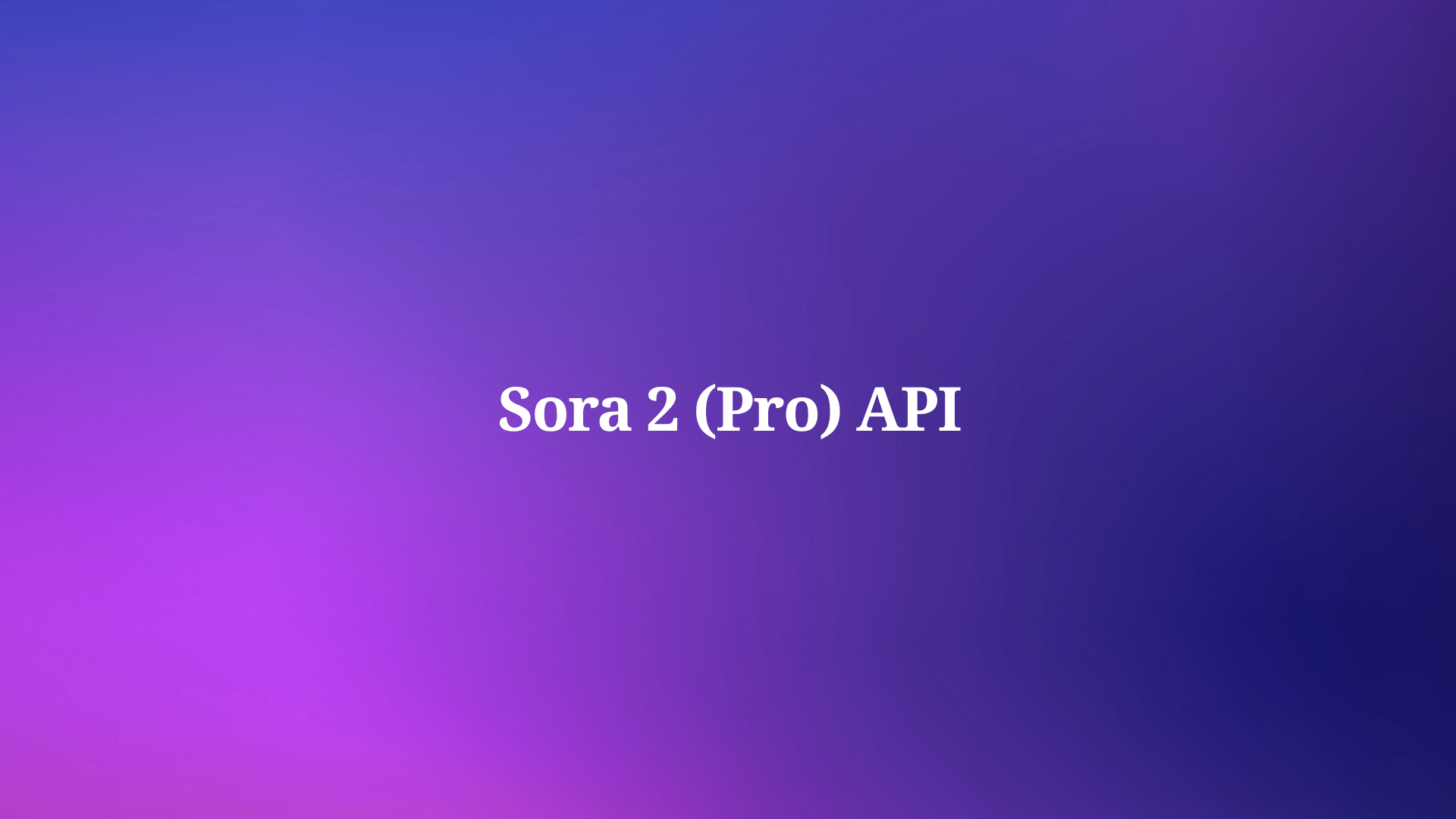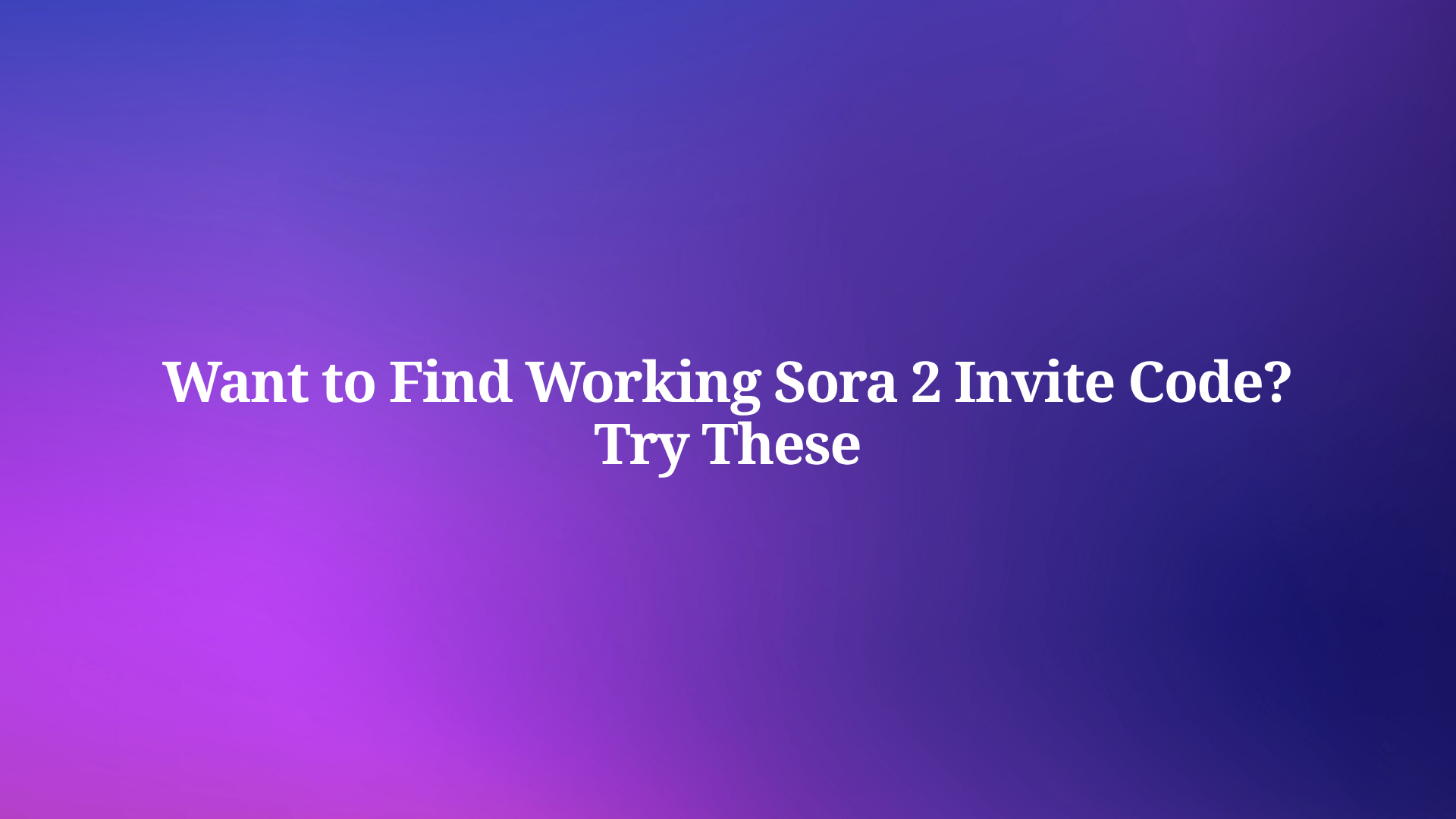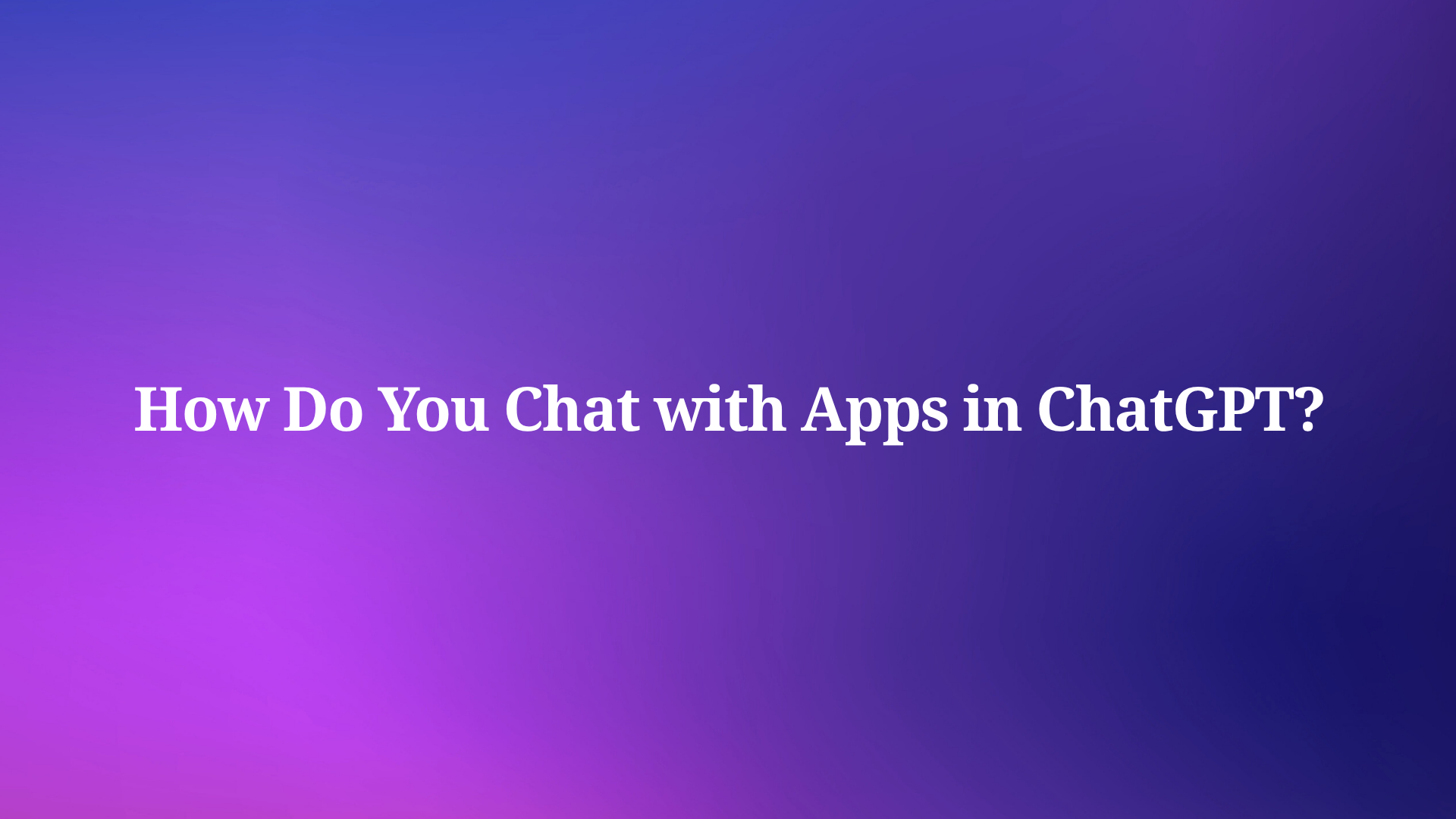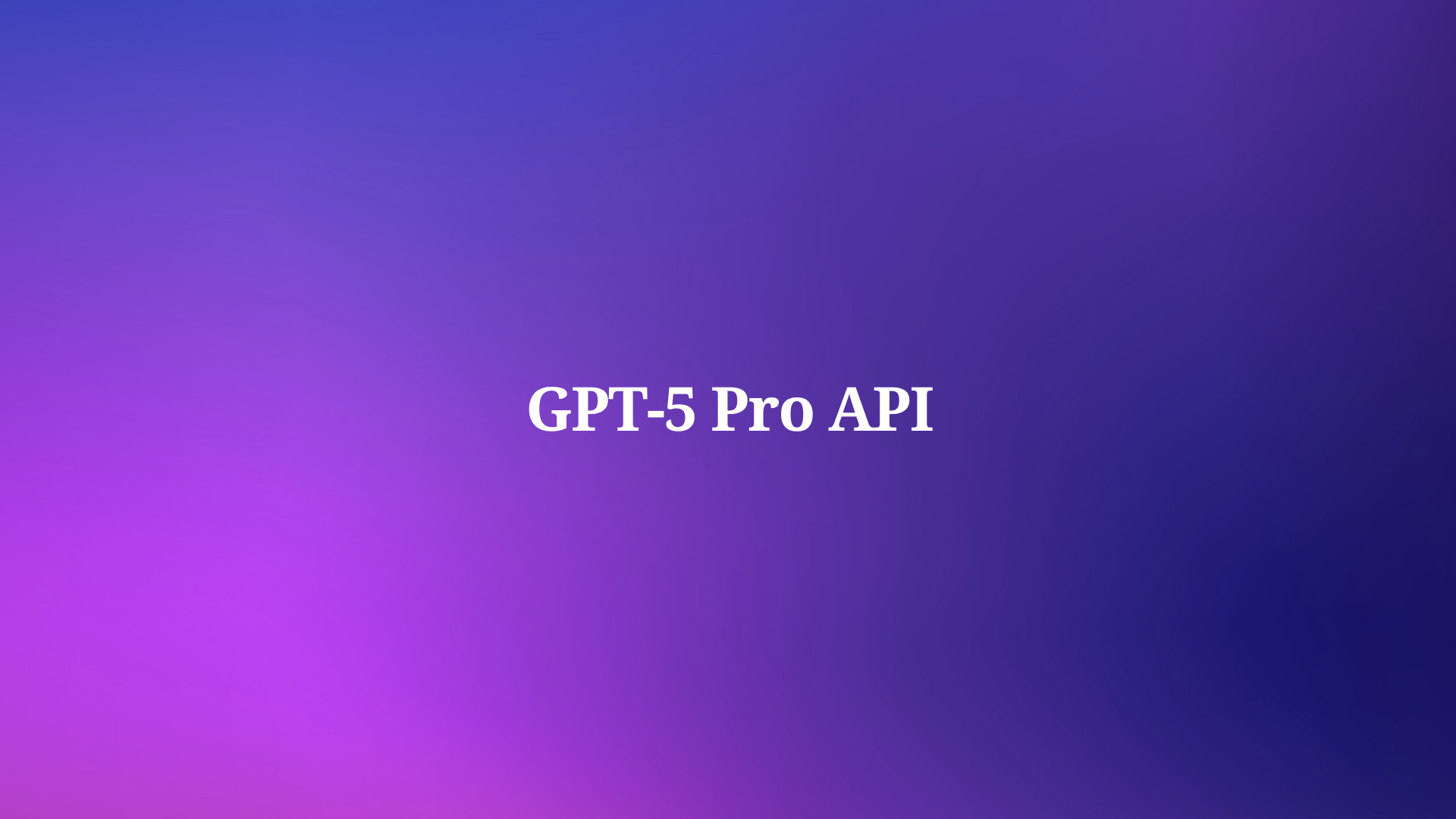OpenAI continues to push boundaries in artificial intelligence, and Sora 2 represents a significant advancement in video generation technology. Developers and creators eagerly seek access to this tool, yet the invite-only phase creates a barrier. Fortunately, several reliable methods exist to acquire a working Sora 2 invite code. This article explores these approaches in detail, providing technical guidance to help you navigate the process efficiently.
Transitioning from anticipation to action, understanding Sora 2's core capabilities sets the foundation for why securing an invite code matters.
What is Sora 2 and Why Does It Matter?
OpenAI released Sora 2 on September 30, 2025, as an enhanced iteration of its original Sora model. This state-of-the-art video and audio generation system builds on previous foundations by incorporating more physically accurate simulations, realistic rendering, and advanced controllability. Unlike earlier models that struggled with consistency in physics or object interactions, Sora 2 employs sophisticated diffusion-based architectures combined with transformer networks to generate high-fidelity videos from text prompts.

Sora 2 leverages a latent diffusion model where noise is progressively added and removed from data representations. This process allows the system to create videos up to 1080p resolution with durations extending to several minutes, far surpassing the limitations of Sora 1. Furthermore, it integrates audio generation, syncing sound effects and dialogues with visual elements through multimodal training on vast datasets. Developers appreciate this because it enables precise control over elements like camera angles, lighting, and motion dynamics via structured prompt engineering.

Sora 2 also functions as a social app, allowing users to create and share AI-generated videos, including "cameos" where individuals insert themselves or friends into scenes. This app aspect competes with platforms like TikTok and YouTube, blending creativity with social interaction. Yet, the real value for technical users lies in its API potential, which developers can harness for applications in film production, advertising, and virtual reality.
To visualize Sora 2's output, examine these examples of AI-generated videos.
Understanding the Invite-Only Access Model for Sora 2
OpenAI adopts an invite-only rollout for Sora 2 to manage server loads, gather targeted feedback, and mitigate risks like misuse in deepfakes or copyrighted content generation. This phased approach mirrors strategies used for models like GPT-4, where initial users provide insights to refine the system.
The model operates on distributed cloud infrastructure, with access gated by authentication tokens tied to invite codes. Each code represents a unique alphanumeric string that validates user entry during app signup. Once redeemed, users receive four additional codes to distribute, creating a viral distribution mechanism. This system encourages community growth while controlling influx.
However, this model poses challenges. Codes expire after limited uses, and high demand leads to rapid depletion in public channels. Moreover, geographic restrictions may apply, necessitating VPNs for global access. Developers must verify compatibility – Sora 2 requires iOS 18.0 or later for the app.

Shifting focus, several proven methods help secure these codes efficiently.
Proven Methods to Secure a Working Sora 2 Invite Code
Users employ various channels to obtain codes, each with distinct advantages. The following sections detail these strategies, complete with step-by-step instructions.
Method 1: Leverage OpenAI's Official Discord Server
Discord serves as a primary hub for Sora 2 invite distribution. OpenAI maintains an official server where administrators and early users share codes in dedicated channels.
First, create or log into a Discord account. Then, search for "OpenAI" in Discord's server discovery and join the official community. Navigate to the #sora-invite-codes channel, where members post available codes frequently. Monitor the channel actively, as codes get claimed quickly.

Technically, Discord's real-time messaging relies on WebSocket protocols for instant updates, ensuring you receive notifications promptly. Set up alerts for mentions of "Sora 2 invite." If the server experiences downtime, as noted in recent incidents, check Reddit for alternatives.
This method yields high success rates because it connects directly to the source. Nevertheless, respect community guidelines to avoid bans.
Method 2: Engage with Reddit Communities
Reddit hosts vibrant discussions on AI tools, making it an excellent resource for Sora 2 invites.
Begin by joining subreddits like r/OpenAI. Look for megathreads dedicated to invite codes, such as the "New Sora 2 invite code megathread." Users post codes here, often with timestamps for freshness.

To optimize your search, use Reddit's advanced query features: sort by "New" and filter for posts containing "invite code." Contribute to discussions – sharing insights on AI video generation increases your visibility and chances of receiving codes from others.
Reddit's upvote system prioritizes reliable posts, reducing the risk of invalid codes. However, scams occasionally appear, so verify codes immediately upon receipt.
Method 3: Search and Network on X (Formerly Twitter)
X provides a dynamic platform for real-time code sharing due to its fast-paced nature.
Use search operators like "Sora 2 invite code" OR "Sora 2 access" filter:replies min_faves:10 to find popular threads. Follow accounts associated with OpenAI, such as @OpenAI, and enable notifications for updates.
Technically, X's API (if accessible) allows programmatic searches, but for manual users, bookmark relevant hashtags like #Sora2. Engage by replying to posts offering codes, demonstrating your technical interest in AI to build rapport.
This approach benefits from virality, as retweets amplify availability. Still, exercise caution with direct messages to avoid phishing.
Method 4: Network Through Friends and Professional Circles
Personal networks often provide the most straightforward access.
Each Sora 2 user receives four invite codes upon activation. Reach out to colleagues in AI development or friends with OpenAI affiliations. Platforms like LinkedIn facilitate this – search for "OpenAI Sora 2" and message connections.
From a technical perspective, this method minimizes latency in code acquisition, as direct shares bypass public queues. Build your network by attending virtual AI conferences or joining Slack groups focused on generative models.
Method 5: Join the Official Waitlist and Explore Alternatives
For a passive approach, sign up on OpenAI's waitlist via their website. Provide your email and details, and await notification.
Alternatively, some users report bypassing invites through creative means, but stick to official channels to avoid violations. If restricted by region, employ a VPN like NordVPN to simulate eligible locations.

These methods, when combined, increase your odds significantly. Next, consider optimization tips to enhance efficiency.
Best Practices and Technical Tips for Success
Securing a code requires strategy. First, prepare your device: Download the Sora app from the App Store and have your OpenAI account ready. Use a stable internet connection to redeem codes swiftly.
Monitor multiple platforms simultaneously using tools like multi-tab browsers or aggregators. Set up scripts (in Python, for example) to alert you via email when keywords appear on Reddit or X – this involves API calls to their endpoints.
Avoid common pitfalls: Do not share used codes, as they invalidate quickly. Verify authenticity by testing in the app immediately.
Furthermore, maintain ethical standards. OpenAI's terms prohibit selling codes, so focus on genuine community participation.
Transitioning to practical use, once accessed, Sora 2 opens doors to advanced creation.
Getting Started with Sora 2 After Access
Upon entering your invite code, the app prompts for username and profile setup. Technically, it integrates with your OpenAI account for seamless token management.
Experiment with prompts: Start simple, then incorporate variables like "duration:30s" or "style:cinematic." The model's inference runs on GPU-accelerated servers, delivering results in under a minute for short clips.
For developers, explore API documentation if available – Sora 2's endpoints allow programmatic video generation, ideal for batch processing.
This leads naturally to tools that complement Sora 2, such as Apidog.
Integrating Sora 2 APIs with Apidog for Enhanced Development
Apidog stands out as an essential tool for API-centric workflows, particularly with AI models like Sora 2. This platform offers design-first API management, enabling developers to synchronize specifications across lifecycles.

Key features include automated testing powered by AI, which detects bugs in endpoints early. For Sora 2, use Apidog to mock responses during development, simulating video generation calls without exhausting quotas.

Additionally, its documentation tools generate Swagger-compatible specs, facilitating team collaboration. Test chatbot-like AI APIs or video prompts instantly, adjusting parameters for optimal results.
Compared to alternatives like Postman, Apidog excels in AI-specific features, such as intelligent test case generation. Developers integrate Sora 2 by importing OpenAPI schemas into Apidog, then running assertions on response formats – ensuring videos meet resolution standards.
Moreover, Apidog's mocking server allows offline development, crucial for iterating on Sora 2 prompts without live access.
Potential Challenges in Securing and Using Sora 2
Despite effective methods, challenges arise. High demand exhausts codes rapidly, requiring persistent monitoring. Technical issues, like app compatibility or server outages, delay access.
Solutions include diversifying sources and using automation for alerts. For usage, over-reliance on default settings may produce suboptimal videos; counter this with prompt optimization techniques, such as chaining descriptors for better physics simulation.
Ethical concerns, including deepfake risks, prompt OpenAI to implement watermarks and content filters. Users must adhere to these to maintain access.
Looking ahead, Sora 2's evolution promises broader implications.
The Future of Sora 2 and AI Video Generation
OpenAI plans expansions, potentially including Android support and public release. Advancements may incorporate real-time editing or multi-user collaboration.
In the broader AI landscape, Sora 2 competes with tools from Meta and Google, driving innovation in multimodal generation. Developers anticipate API enhancements for enterprise integrations, where Apidog will play a pivotal role.
Ultimately, securing a Sora 2 invite code unlocks these possibilities. By following the outlined methods, you position yourself at the forefront of this technology.
In conclusion, persistence and community engagement key your success. Apply these strategies today, and enhance your workflow with Apidog for optimal results.


